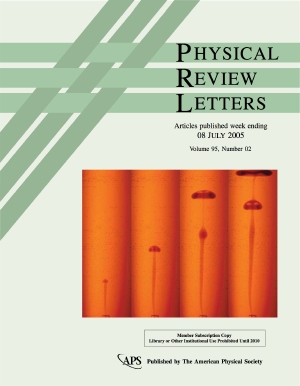
Buoyant plumes and vortex rings
in an autocatalytic chemical reaction
Physical Review Letters, 95, 024505 (2005).

|
Buoyant plumes and vortex rings
|


Download this paper here:


The Experimental Nonlinear Physics Group / Dept. of Physics / University of Toronto / 60 St. George St. Toronto, Ontario, Canada, M5S 1A7. Phone (416) 978 - 6810